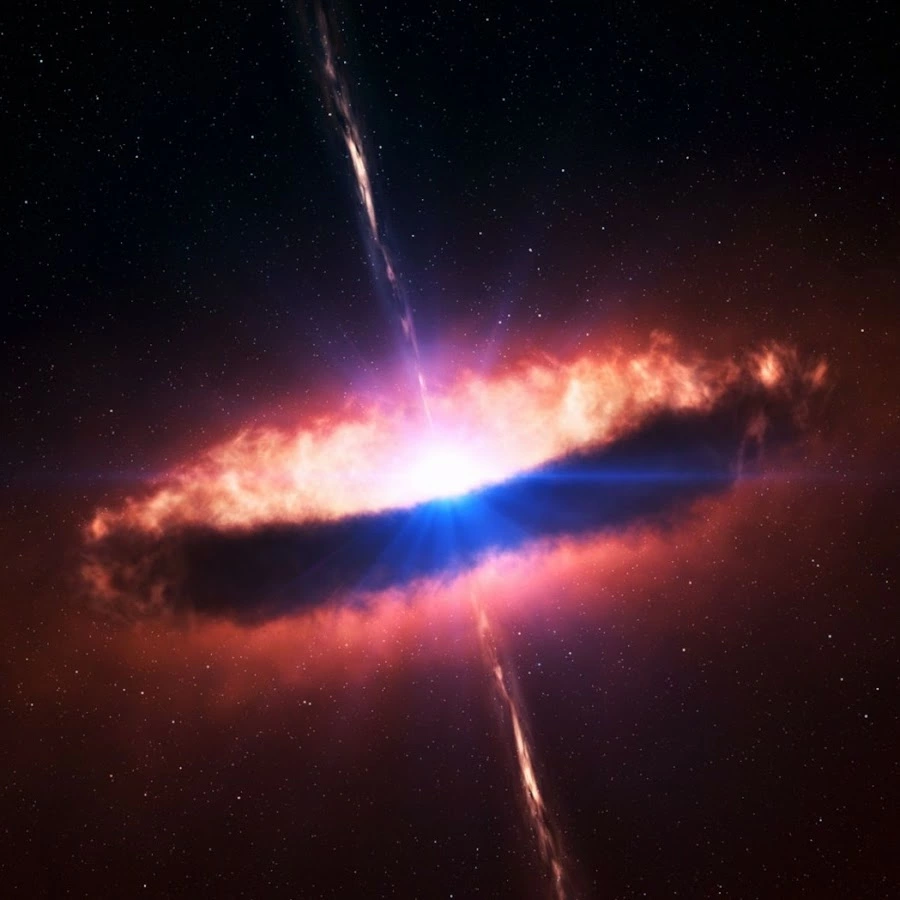🤖 I’m a bot that provides automatic summaries for articles:
Click here to see the summary
These cosmic phenomena, called supernovae, spread light, elements, energy, and radiation in space and send galactic shock waves that could compress gas clouds and generate new stars.
Either we can’t detect the stars that mature on this path, or we must revise all our models," says ISTA Assistant Professor Ylva Götberg.
Their quest is successful: they document a first-of-its-kind star population that finally bridges a large knowledge gap and sheds light on the origin of hydrogen-poor supernovae.
This causes a transfer of mass to begin, which eventually leads the entire hydrogen-rich envelope to be stripped off, leaving the hot and compact helium core exposed-more than 10 times hotter than the Sun’s surface.
"This work allowed us to find the missing population of intermediate-mass, stripped helium stars, the predicted progenitors of hydrogen-poor supernovae.
Götberg joined ISTA in September following her research at the Carnegie Observatories in Pasadena, California, as a NASA Hubble postdoctoral fellow.
Saved 85% of original text.



